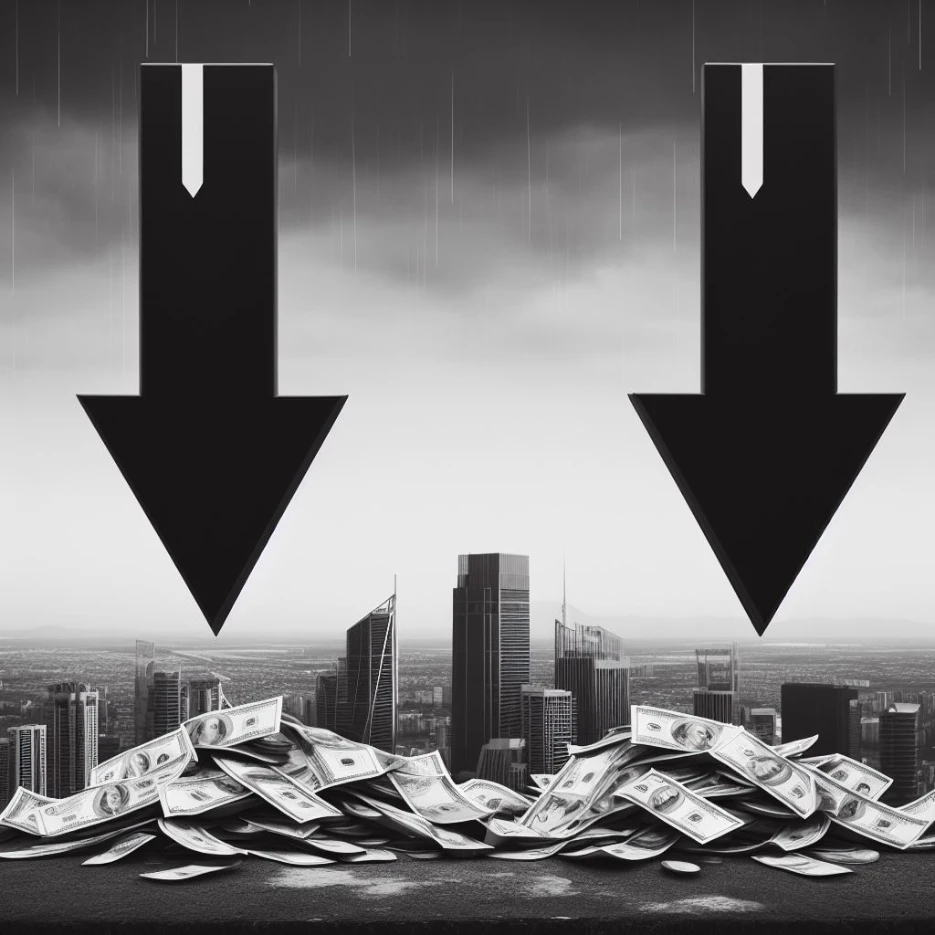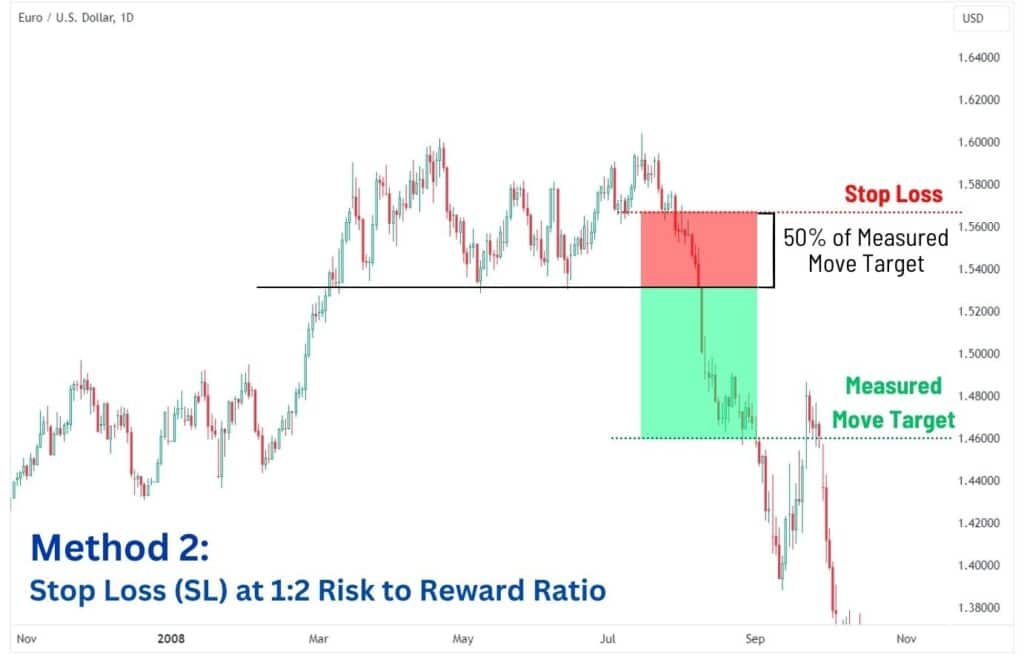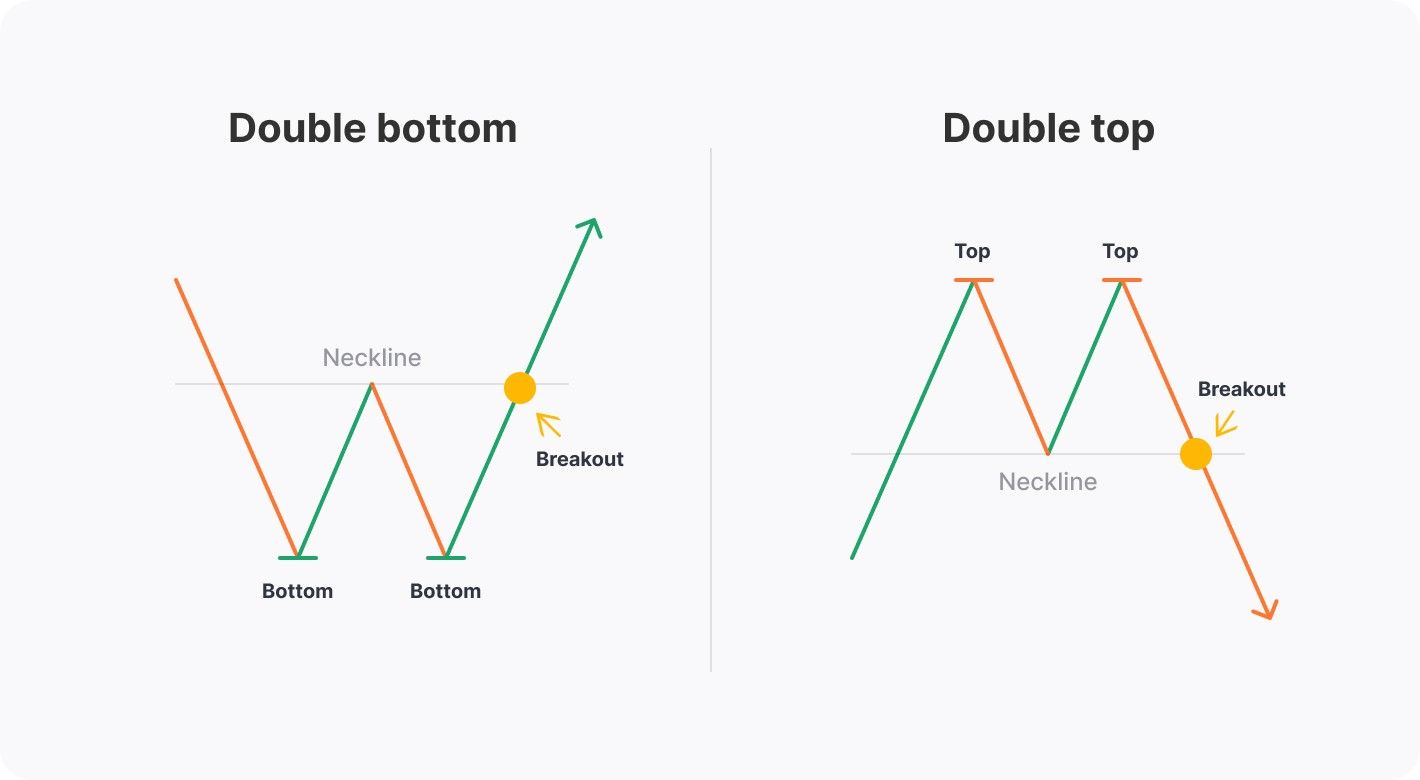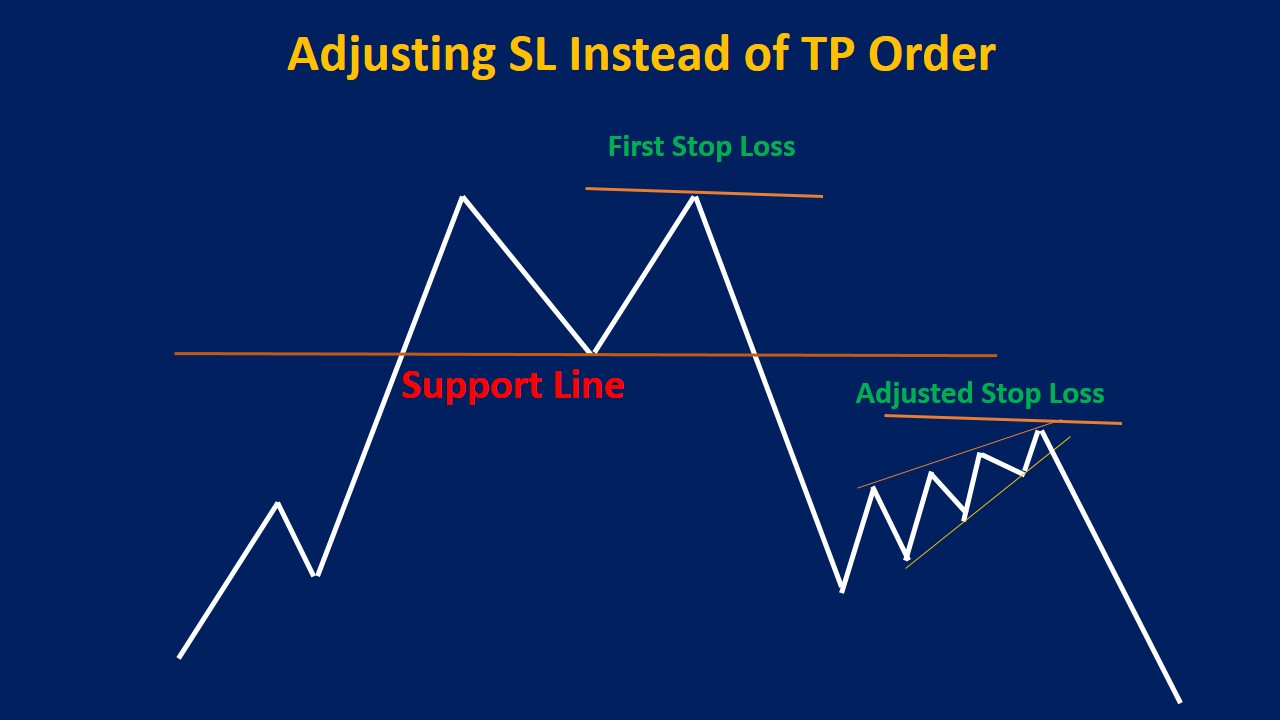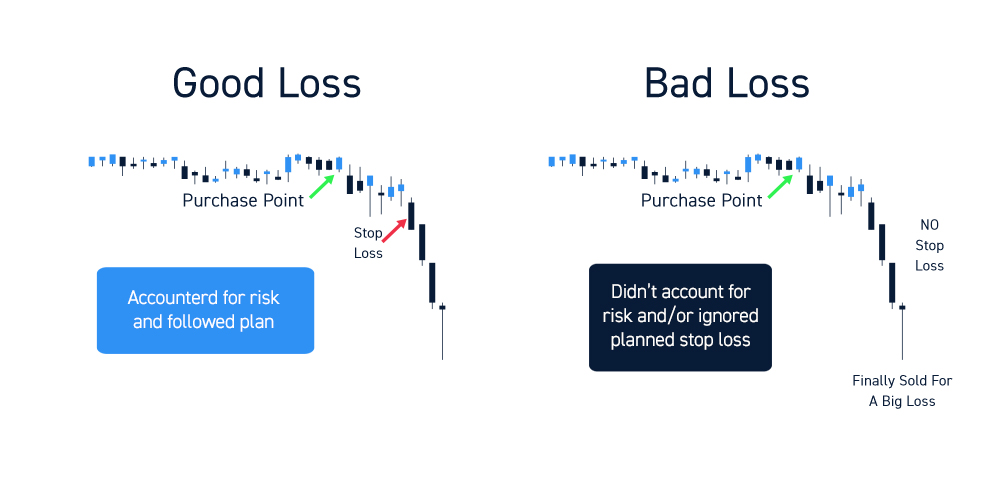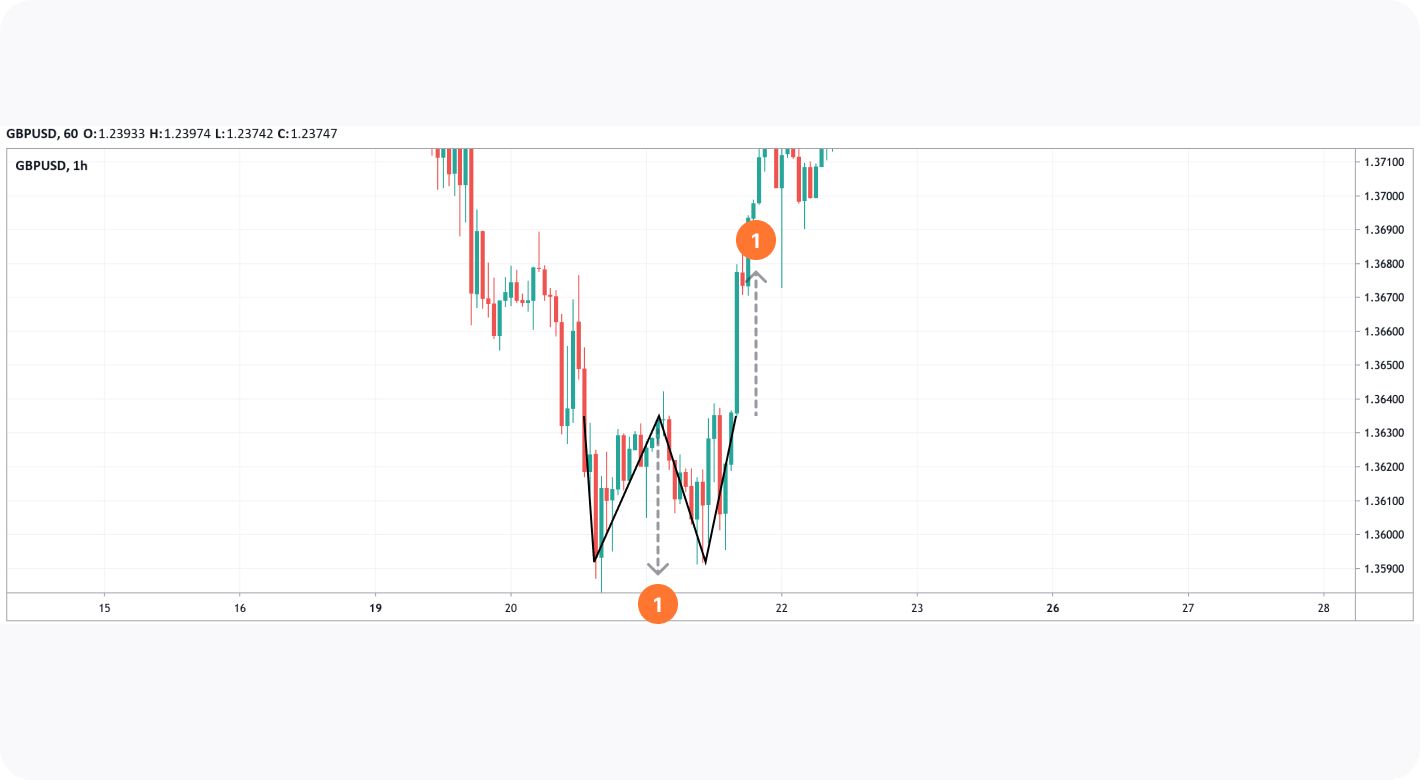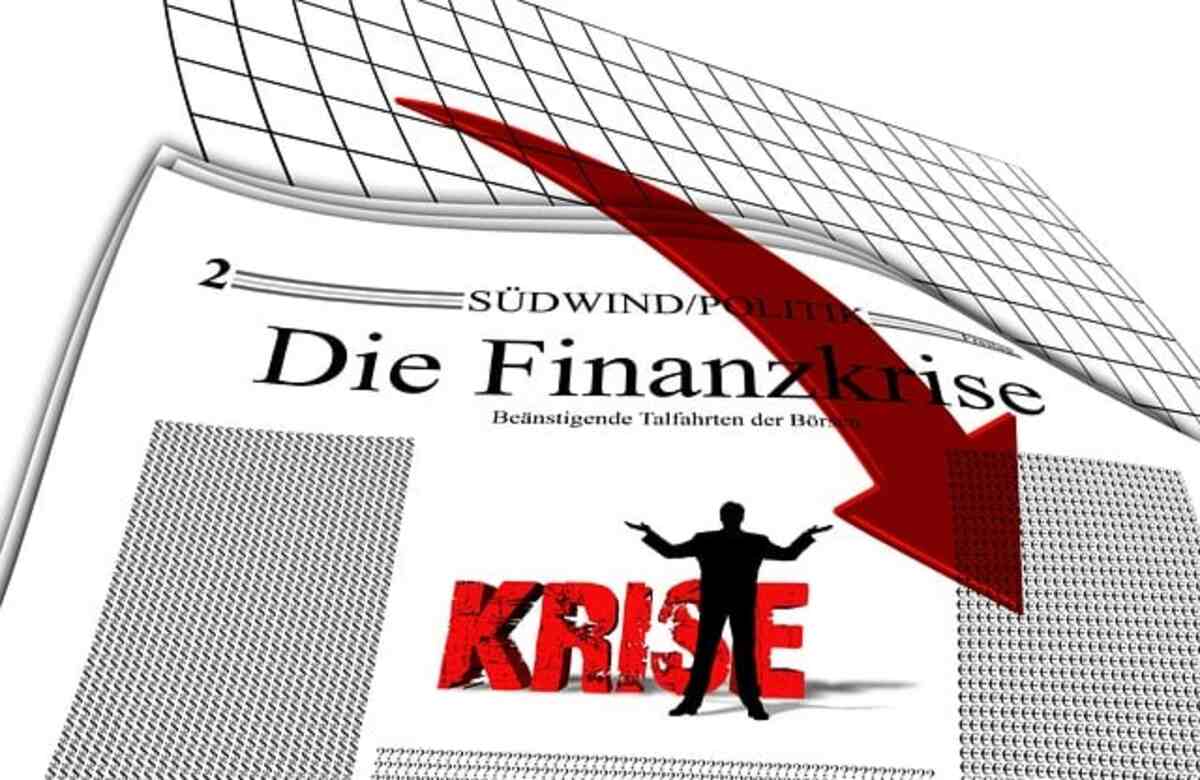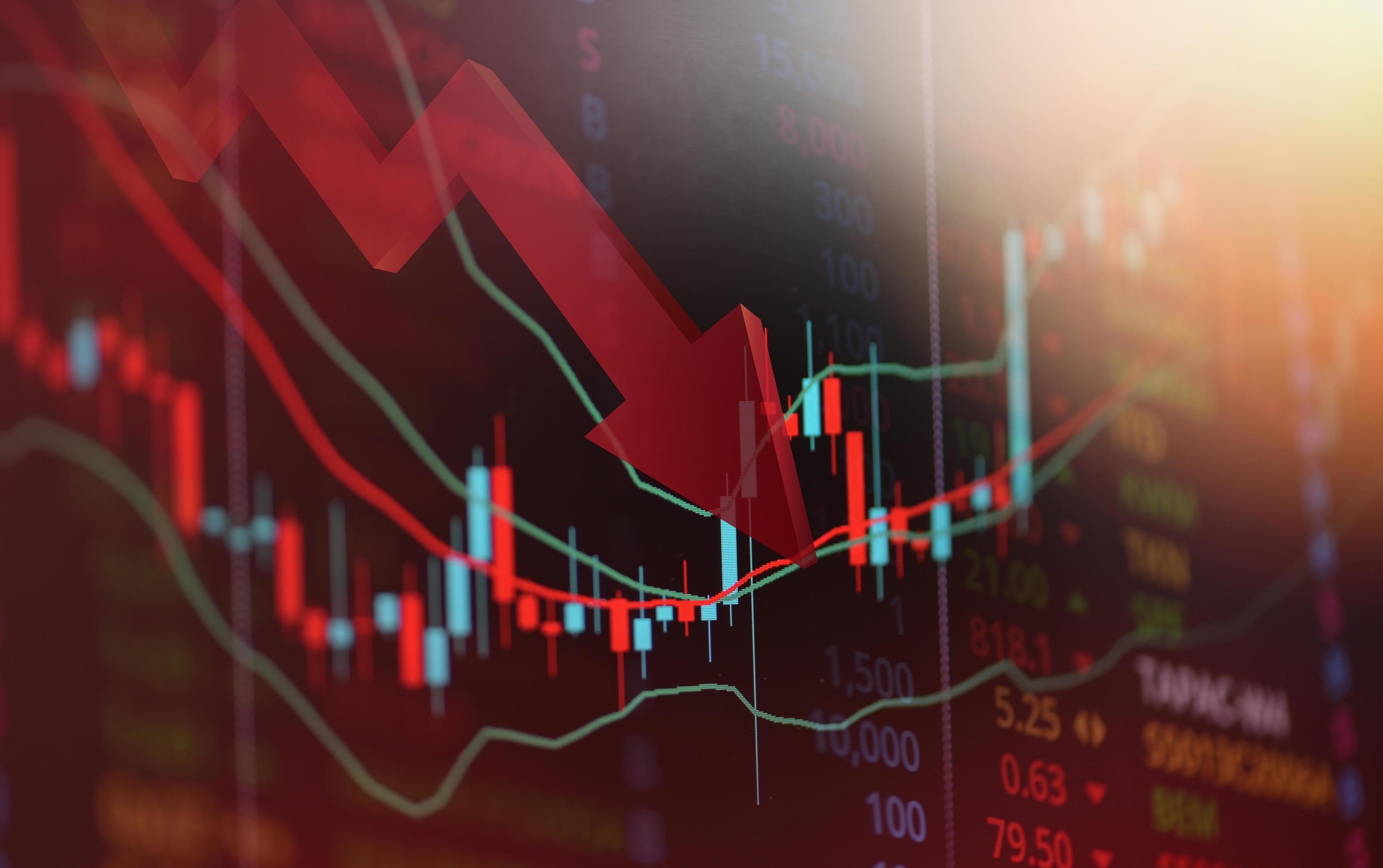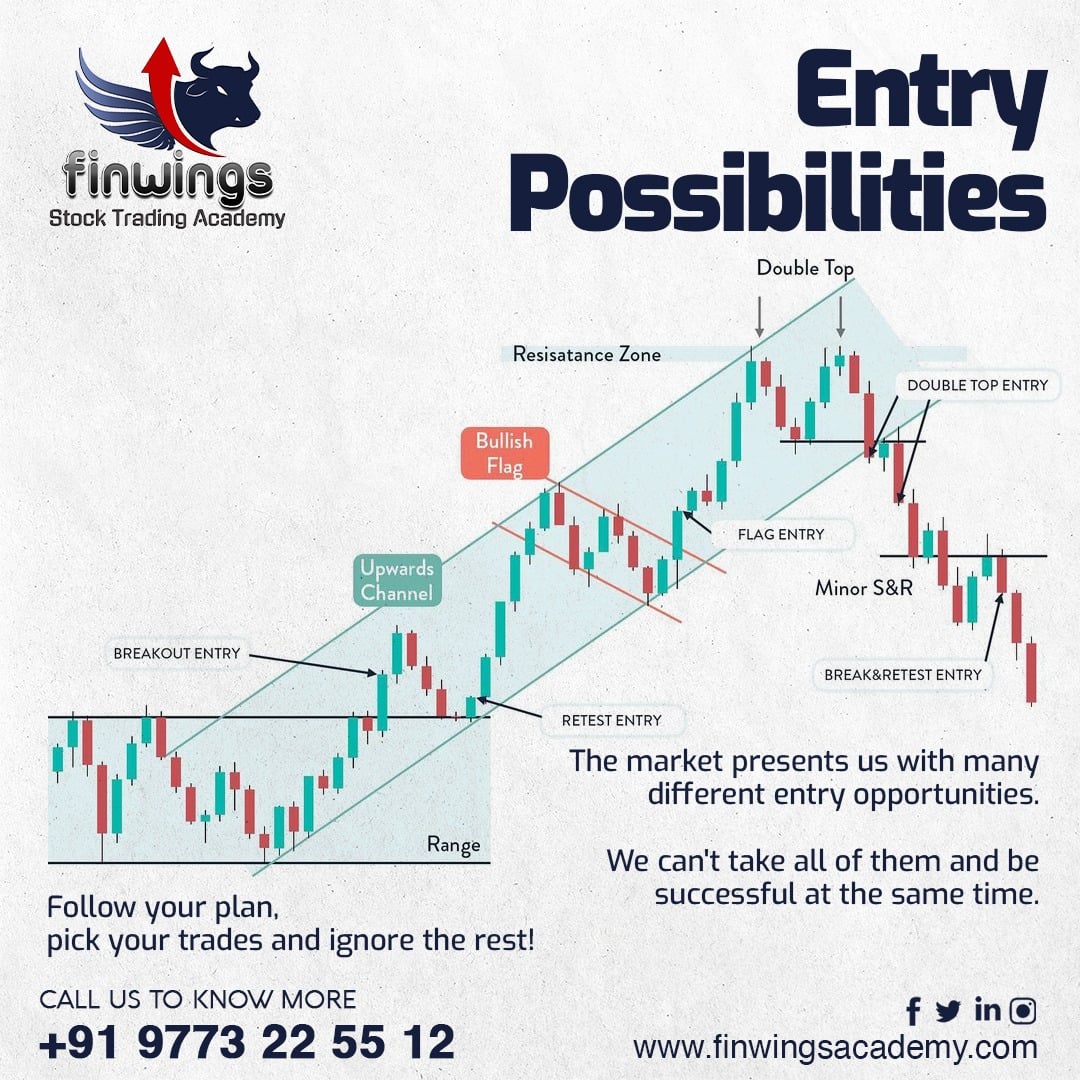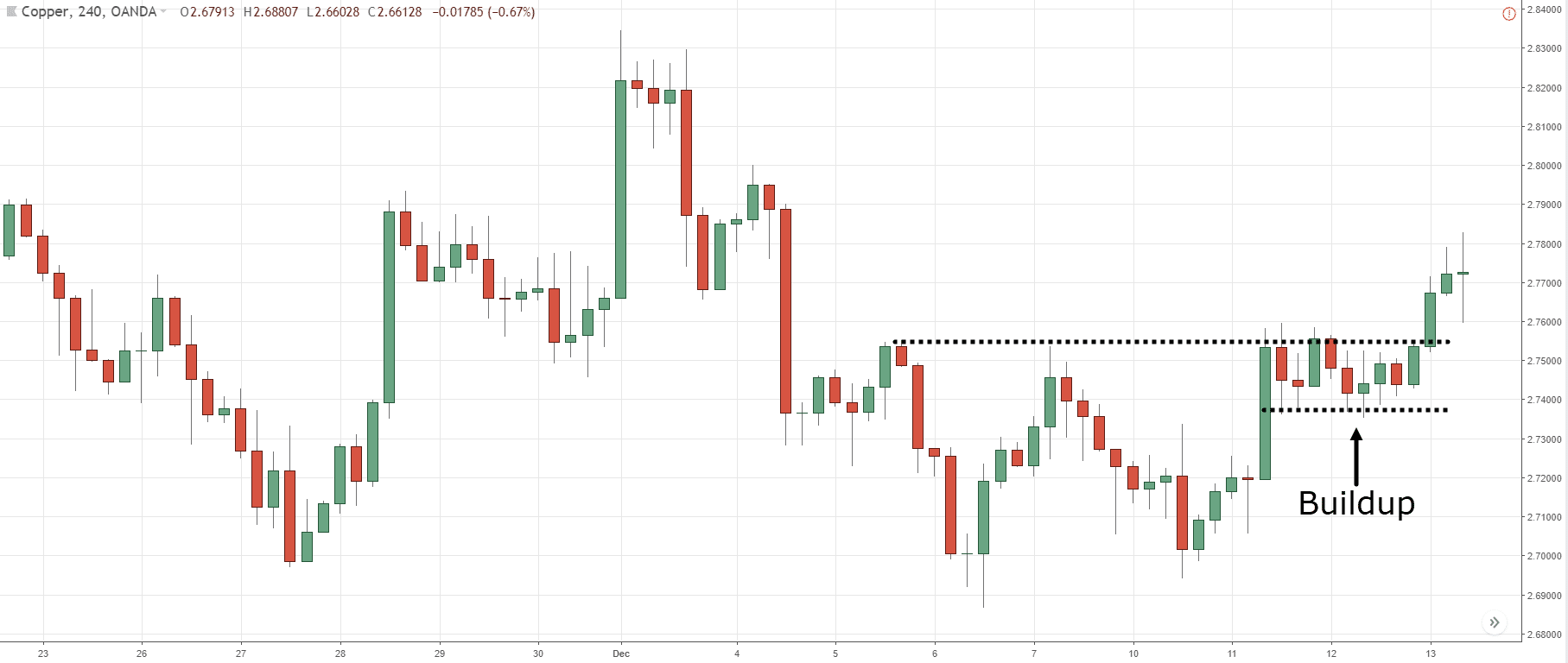A Double Loss In Trading Markets

A sense of unease has gripped global financial markets as investors grapple with a rare confluence of negative forces. Simultaneous downturns in both equity and bond markets, traditionally seen as having an inverse relationship, have left portfolios reeling and raised concerns about the underlying health of the global economy.
The synchronized decline presents a significant challenge for investors seeking safe havens, with traditional diversification strategies proving ineffective. From Main Street retirement accounts to institutional investment funds, the impact of this double loss is being felt across the financial spectrum.
Understanding the Double Whammy
The concurrent fall in stock and bond values is unusual. Typically, when equity markets falter, investors flock to the relative safety of bonds, driving up their prices and lowering yields. This time, however, both asset classes are experiencing downward pressure, creating a challenging environment for wealth preservation.
This article delves into the factors driving this phenomenon, explores its potential consequences, and examines the strategies investors are employing to navigate these turbulent waters. We will draw on data from reputable sources like the Federal Reserve, the International Monetary Fund (IMF), and major investment firms to provide a comprehensive and balanced analysis.
The Equity Market Slide
The equity market downturn is fueled by a combination of factors, including persistent inflation, rising interest rates, and concerns about slowing economic growth. Corporate earnings are under pressure as companies face higher input costs and softening consumer demand.
Geopolitical instability, particularly the war in Ukraine, adds further uncertainty to the outlook. Supply chain disruptions and rising energy prices are impacting businesses worldwide, contributing to inflationary pressures and dampening investor sentiment.
The Bond Market Bloodbath
The bond market is reacting primarily to aggressive monetary policy tightening by central banks around the globe. To combat inflation, central banks are raising interest rates at a rapid pace, making existing bonds with lower yields less attractive. Rising interest rates also reduce the present value of future bond payments, further pushing down bond prices.
Quantitative tightening, where central banks reduce their holdings of government bonds, is also contributing to the downward pressure. This reduces demand for bonds, leading to further price declines.
Impact and Consequences
The double loss in trading markets has far-reaching consequences. Retirement accounts, which often hold a mix of stocks and bonds, are taking a hit. The value of pension funds and other institutional investments is also declining, potentially jeopardizing future payouts.
Increased borrowing costs are impacting businesses and consumers. Higher interest rates make it more expensive for companies to invest and for individuals to purchase homes or other big-ticket items.
Some economists fear that the synchronized market downturn could trigger a recession. The combination of tighter monetary policy, higher borrowing costs, and declining asset values could significantly dampen economic activity.
Investor Reactions and Strategies
Investors are reacting to the market turmoil in various ways. Some are selling off assets to reduce their exposure to risk. Others are holding tight, hoping for a market rebound.
A growing number of investors are seeking alternative investments, such as commodities, real estate, or private equity. These assets are perceived as potentially offering better returns or providing a hedge against inflation.
Financial advisors are urging investors to remain disciplined and avoid making rash decisions. Diversification, while not a panacea, remains a key strategy for managing risk. It’s important to remember that markets have historically recovered from downturns, and a long-term investment horizon is often the best approach.
Perspectives from Experts
“The current market environment is exceptionally challenging,” says Jane Doe, Chief Investment Strategist at Global Asset Management. “The simultaneous decline in stocks and bonds is creating a perfect storm for investors. We are advising our clients to remain cautious and focus on high-quality assets.”
According to John Smith, an economist at the IMF, “The global economy is facing a number of headwinds, including high inflation, rising interest rates, and geopolitical uncertainty. The synchronized market downturn reflects these challenges and increases the risk of a recession.”
“While the situation is concerning, it’s important to remember that markets are cyclical,” notes Sarah Lee, a portfolio manager at Vanguard. “Investors who remain patient and stick to their long-term financial plans are more likely to weather the storm.”
Looking Ahead
The outlook for the financial markets remains uncertain. The trajectory of inflation, the pace of interest rate hikes, and the resolution of geopolitical conflicts will all play a crucial role in determining the future direction of asset prices. The Federal Reserve’s upcoming policy decisions will be closely watched.
Some analysts believe that the worst of the market downturn is already behind us. They argue that inflation will eventually peak, and central banks will eventually pivot to a more accommodative monetary policy stance. Others are more pessimistic, warning that the global economy is headed for a prolonged period of stagflation.
Ultimately, navigating the current market environment requires careful planning, disciplined execution, and a long-term perspective. Investors who remain informed, diversified, and patient are best positioned to weather the storm and achieve their financial goals.

